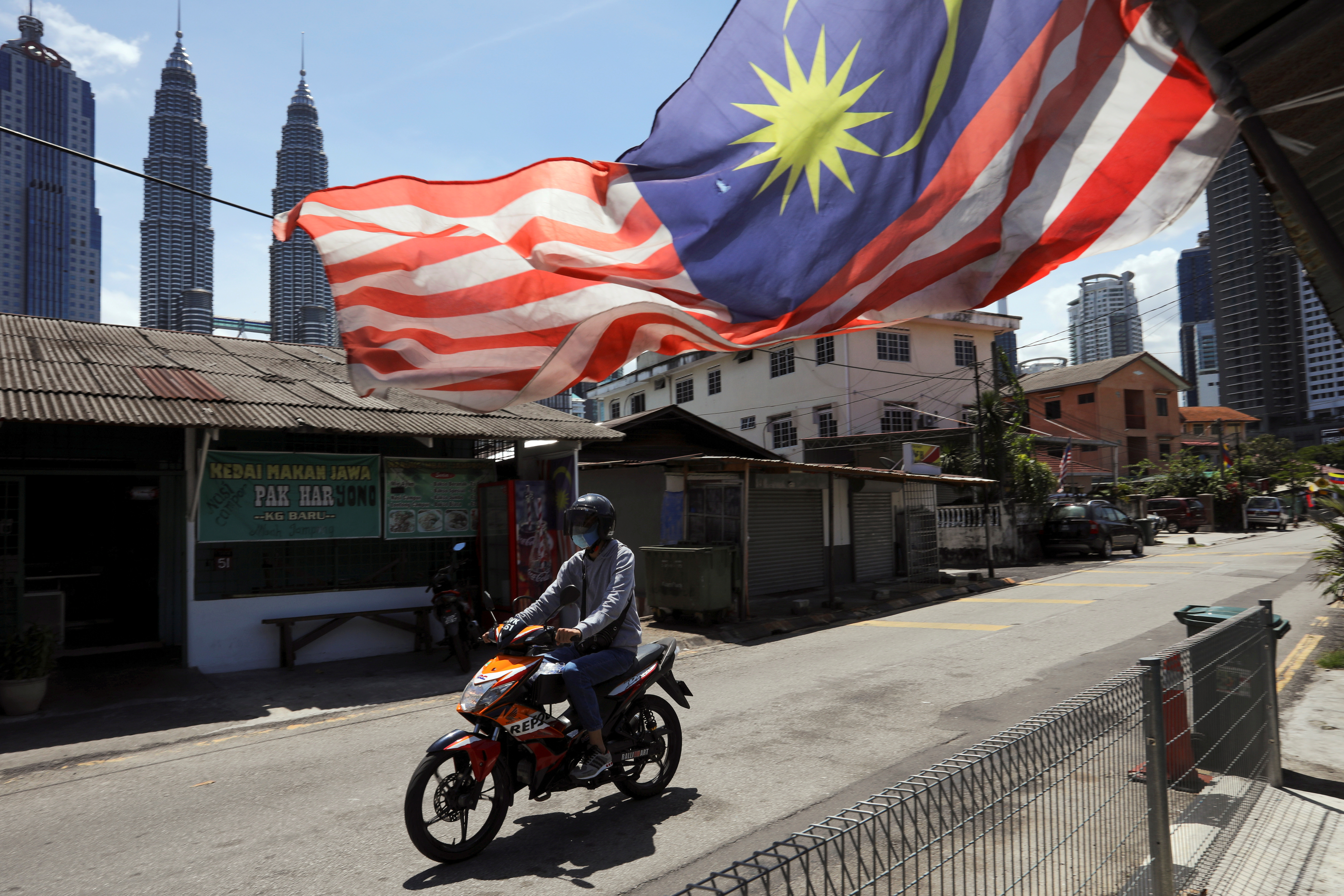Malaysia’s Economy Grows 2.9% in Q2: Weakest in Nearly Two Years

Malaysia’s Economy Grows 2.9% in Q2: Weakest in Nearly Two Years
Due to lower exports and a worldwide slowdown, Malaysia’s economic growth decreased to 2.9% in the second quarter, reaching its lowest level over two years, the central bank reported on Friday.
In addition, noting global challenges, Bank Negara Malaysia predicted that the nation’s full-year economic expansion would be at the lower end of the 4% to 5% range it had before expected.
Governor Abdul Rasheed Ghaffour stated, “Risks to Malaysia’s growth outlook are subject to downside risk stemming primarily from weaker-than-expected global growth.” The number of visitors increasing and residential renovations being completed more quickly might have some benefits.

The second quarter’s growth rate was lower than the year’s first quarter’s 5.6% increase and was the weakest since the third quarter of 2021, when the economy shrank by 4.2%. According to economists surveyed by Reuters, the gross domestic product was expected to expand by 3.3% from April to June.
One of Southeast Asia’s leading economies, Malaysia recorded a 2.9% growth in its Gross Domestic Product (GDP) during the second quarter of 2023, marking the weakest expansion in nearly two years. This comes amidst a challenging environment defined by the global economic slowdown, political uncertainty, and the lingering effects of the COVID-19 pandemic.
Before diving into the current situation, it is essential to understand Malaysia’s robust economic history. Known for its rich natural resources, Malaysia transformed from a producer of raw materials into a multi-sector economy. Before the COVID-19 pandemic, the country consistently posted strong growth figures thanks to its booming manufacturing, services, and construction sectors.
While Malaysia has made substantial progress in combating the pandemic, the lingering effects continue to weigh on the economy. The nation’s attempts to control the virus have involved several movement control orders (MCOs), which have resulted in periodic shutdowns of businesses and disruptions to domestic and international travel.

The global economic slowdown has significantly impacted Malaysia’s trade-dependent economy. Rising geopolitical tensions, supply chain disruptions, and reduced demand for goods and services have been detrimental.
During this period, Malaysia has also grappled with political instability, which has created a degree of policy uncertainty that has not been conducive to investment or economic growth.
Consumer spending, a large part of Malaysia’s economy, has been hit hard. Inflationary pressures have led to increased living costs, thereby limiting household spending.
Despite the overall slowdown, Malaysia’s manufacturing sector has shown some resilience, primarily driven by export demand for electrical, electronic, and rubber products.
This sector, a vital component of the Malaysian economy, has suffered due to restrictions that have impacted tourism, retail, and other consumer-facing businesses.
Contrary to the overall trend, agriculture has been a bright spot, recording positive growth partly because of increased palm oil production.

To combat the economic slowdown, the Malaysian government has unveiled several stimulus packages to revitalize the economy. These include wage subsidies, grants, low-interest loans, and tax incentives to promote spending and investment.
Economists predict a rebound for the Malaysian economy as it gradually opens and adapts to the new normal. The government’s ramped-up vaccination drive and fiscal and monetary support measures are expected to lay the foundation for more robust growth in subsequent quarters. However, the recovery is likely gradual and depends on various factors, including global economic conditions and political stability within the country.
Malaysia’s slowdown is not an isolated incident. Many of its ASEAN neighbours are also grappling with reduced growth rates due to similar challenges, and they are watching each other’s policy responses closely for lessons that might be applicable at home.
The 2.9% growth rate in Q2 of 2023 is a significant dip for Malaysia, a country accustomed to robust economic performance. While it reflects the compounded challenges of a global pandemic, political uncertainty, and a shaky international economic environment, it also highlights the resilience of various sectors within the nation.

To navigate this challenging period, Malaysia must maintain political stability, foster an environment conducive to investment, and continue its vaccination drive and economic support measures. As the global economic landscape starts to recover, there are expectations for Malaysia to return to its trend of strong and sustained growth, capitalizing on its diverse and resource-rich economy.



